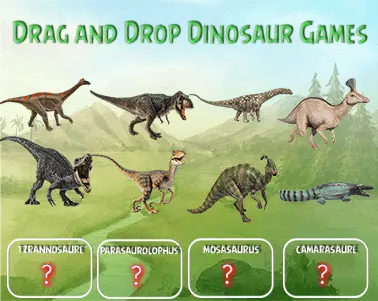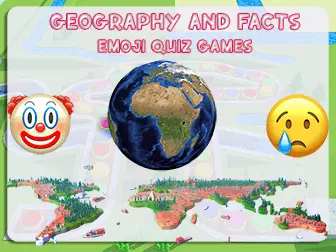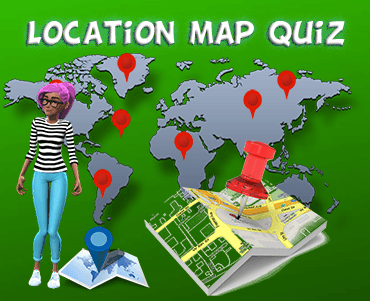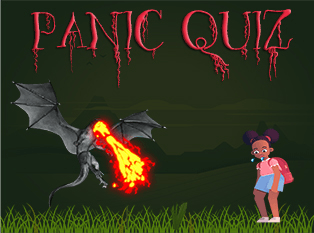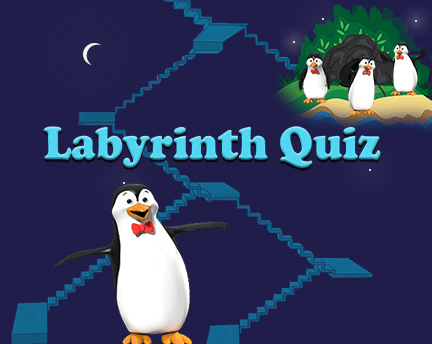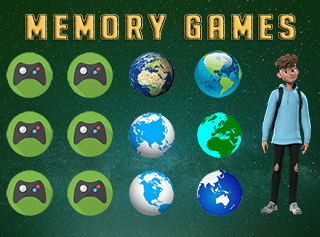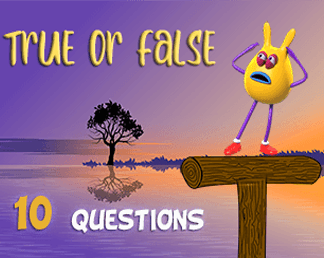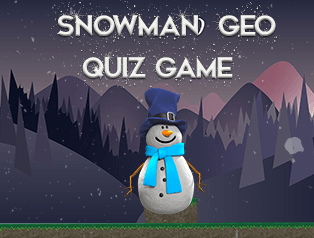List of dinosaur. Dinosaurs are reptiles that lived during the secondary era (230 to 65 million years ago) and all other species of reptiles, including crocodiles, are also dinosaurs. Like crocodiles, their distant cousins, they had their bodies covered with scales, and they laid eggs. Fossil dinosaur bones are found in abundance in rocks that were formed when they lived. Today, nearly 1,000 species of dinosaurs are known, and new ones are discovered every year.
List of dinosaur – flip card
Dinosaurs were a diverse group of reptiles that first appeared during the Triassic period. They became the dominant terrestrial vertebrates for 140 million years, from the Late Triassic to the end of the Cretaceous period. The fossil record indicates that birds evolved from small bipedal coelurosaurian dinosaurs during the Jurassic Period. In fact, by 2006 paleontologists had discovered over 1300 genera included in Ornithischia of which they may have already classified at least 185 to be “bird-hipped” dinosaurs. You can also find dinosaur games on Gameforge
List of Dinosaur is an infographic (Infographic) dedicated to a prelude to the Jurassic Park. There were many famous and newly discovered dinosaurs that lived on the earth millions of years ago and loved by their owners, but are now extinct. On this page, you will discover 24 types list of dinosaur which currently exist on our planet together with information about where they live and how much time they lived. If you will have a chance to visit any of museums or book stores that specialized in dinosaurs, you may see this creature once again. Besides, you will also find out when each dinosaur species was alive for the first time on this Earth. It is worth mentioning that most of these beasts have inhabited only North America and Europe, but one species existed in Asia too (there were Brachiosaurus).
Dinosaur with 500 teeth ?
Nigersaurus was a long-necked dinosaur with an unusually broad, straight-edged muzzle tipped with hundreds of replaceable teeth. It belongs to a group of dinosaurs called sauropodomorphs, characterized by their small head and enormous body sizes. Nigerosaurus lived in the middle Jurassic period (~ 174 million years ago), and its precise geographic location is uncertain.
Meet Nigerdinosaurus, an elephant-sized dinosaur with an unusually broad, straight-edged muzzle on top of a long neck and skinny legs. The paleontologists who discovered Nigerdinosaurus in the Sahara desert had no idea that this dinosaur somehow assimilated 500 small teeth into its mouth. Let’s find out why, together!
Related games
You might also like
List of dinosaur : 25 main types of dino you need to know
1. Tyrannosaurus Rex – A large carnivorous theropod dinosaur from the late Cretaceous period.
2. Triceratops – A large herbivorous dinosaur from the late Cretaceous period, with a distinctive frill and three horns.
3. Stegosaurus – A herbivorous dinosaur from the late Jurassic period, with a distinctive double row of plates along its back.
4. Ankylosaurus – A heavily armoured herbivorous dinosaur from the late Cretaceous period, with a distinctive club–like tail.
5. Velociraptor – A small carnivorous theropod dinosaur from the late Cretaceous period, made famous by the Jurassic Park films.
6. Brontosaurus – A large herbivorous sauropod dinosaur from the late Jurassic period, made famous by the children’s classic The Land Before Time.
7. Diplodocus – A large herbivorous sauropod dinosaur from the late Jurassic period, with a distinctive ‘double–beamed’ tail.
8. Spinosaurus – A large carnivorous theropod dinosaur from the late Cretaceous period, with a distinctive sail–like structure on its back.
9. Pachycephalosaurus – A herbivorous dinosaur from the late Cretaceous period, with a distinctive thick–walled head.
10. Allosaurus – A large carnivorous theropod dinosaur from the late Jurassic period, closely related to the Tyrannosaurus Rex.
11. Deinonychus – A small carnivorous theropod dinosaur from the early Cretaceous period, closely related to the Velociraptor.
12. Parasaurolophus – A herbivorous dinosaur from the late Cretaceous period, with a distinctive crest on its head.
13. Carnotaurus – A large carnivorous theropod dinosaur from the late Cretaceous period, with a distinctive bull–like head.
14. Gallimimus – A small omnivorous theropod dinosaur from the late Cretaceous period, made famous by the Jurassic Park films.
15. Saurophaganax – A large carnivorous theropod dinosaur from the late Jurassic period, closely related to the Allosaurus.
16. Ceratosaurus – A medium–sized carnivorous theropod dinosaur from the late Jurassic period, with a distinctive horn on its snout.
17. Apatosaurus – A large herbivorous sauropod dinosaur from the late Jurassic period, formerly known as Brontosaurus.
18. Iguanodon – A large herbivorous dinosaur from the early Cretaceous period, with a distinctive thumb–spike on its hands.
19. Baryonyx – A large carnivorous theropod dinosaur from the early Cretaceous period, with a distinctive crocodile–like head.
20. Oviraptor – A small omnivorous theropod dinosaur from the late Cretaceous period, with a distinctive parrot–like beak.
21. Compsognathus – A small carnivorous theropod dinosaur from the late Jurassic period, made famous by the Jurassic Park films.
22. Hadrosaurus – A large herbivorous dinosaur from the late Cretaceous period, with a distinctive ‘duck–billed’ head.
23. Utahraptor – A large carnivorous theropod dinosaur from the early Cretaceous period, closely related to the Velociraptor.
24. Ceratops – A large herbivorous dinosaur from the late Cretaceous period, with a distinctive frill and multiple horns.
25. Plateosaurus – A large herbivorous dinosaur from the late Triassic period, with a distinctive long neck and tail.
In conclusion, dinosaurs were a diverse group of animals that roamed the earth for millions of years, with a variety of sizes, shapes, and diets. They eventually went extinct for a variety of reasons, including competition from mammals and climate change. Despite their disappearance, their fossils still remain, giving us insight into the ancient past. Nowadays, scientists try to reconstruct the dinosaurs and their environment to make us discover what their time was like. The disappearance of the dinosaurs is still a mystery, but the fossil record gives us a glimpse into the lives of these incredible creatures.

